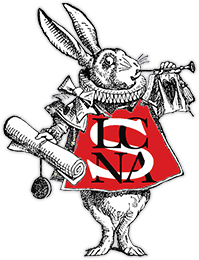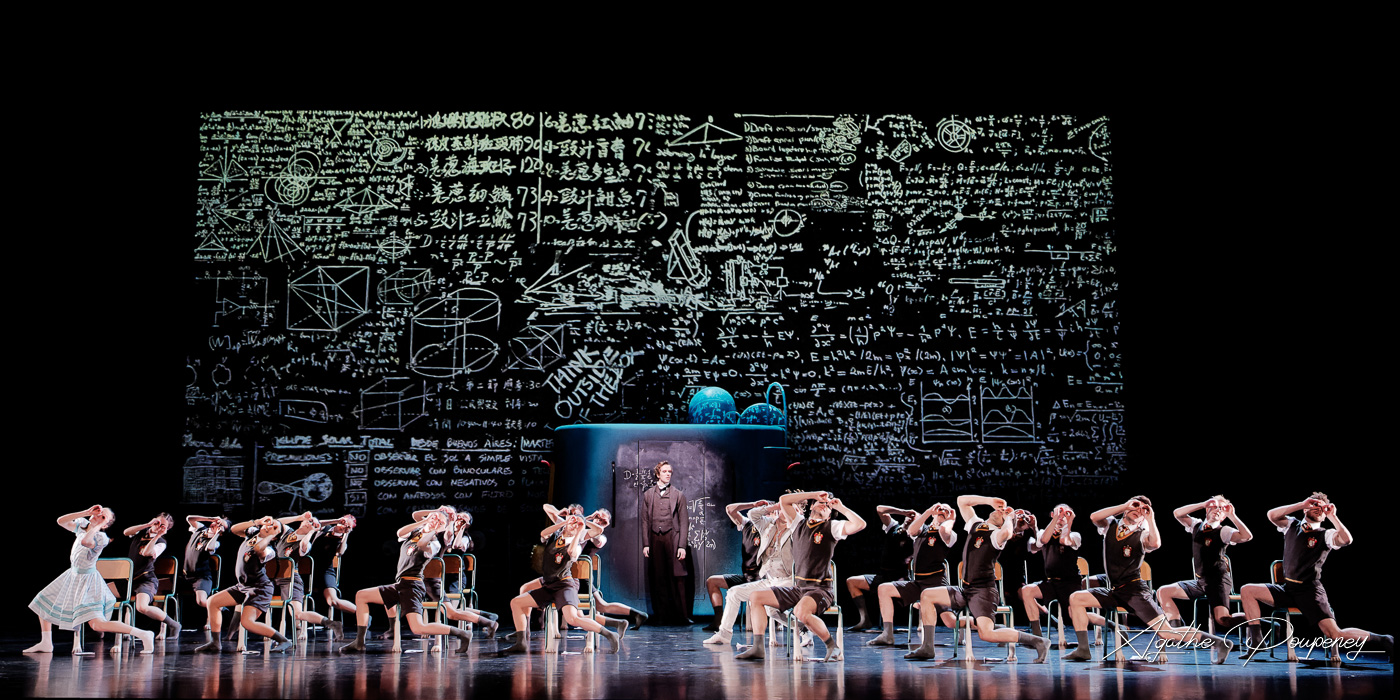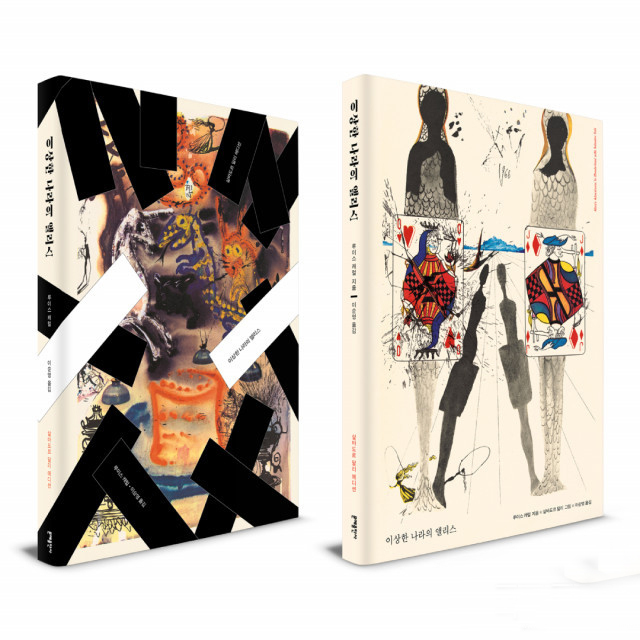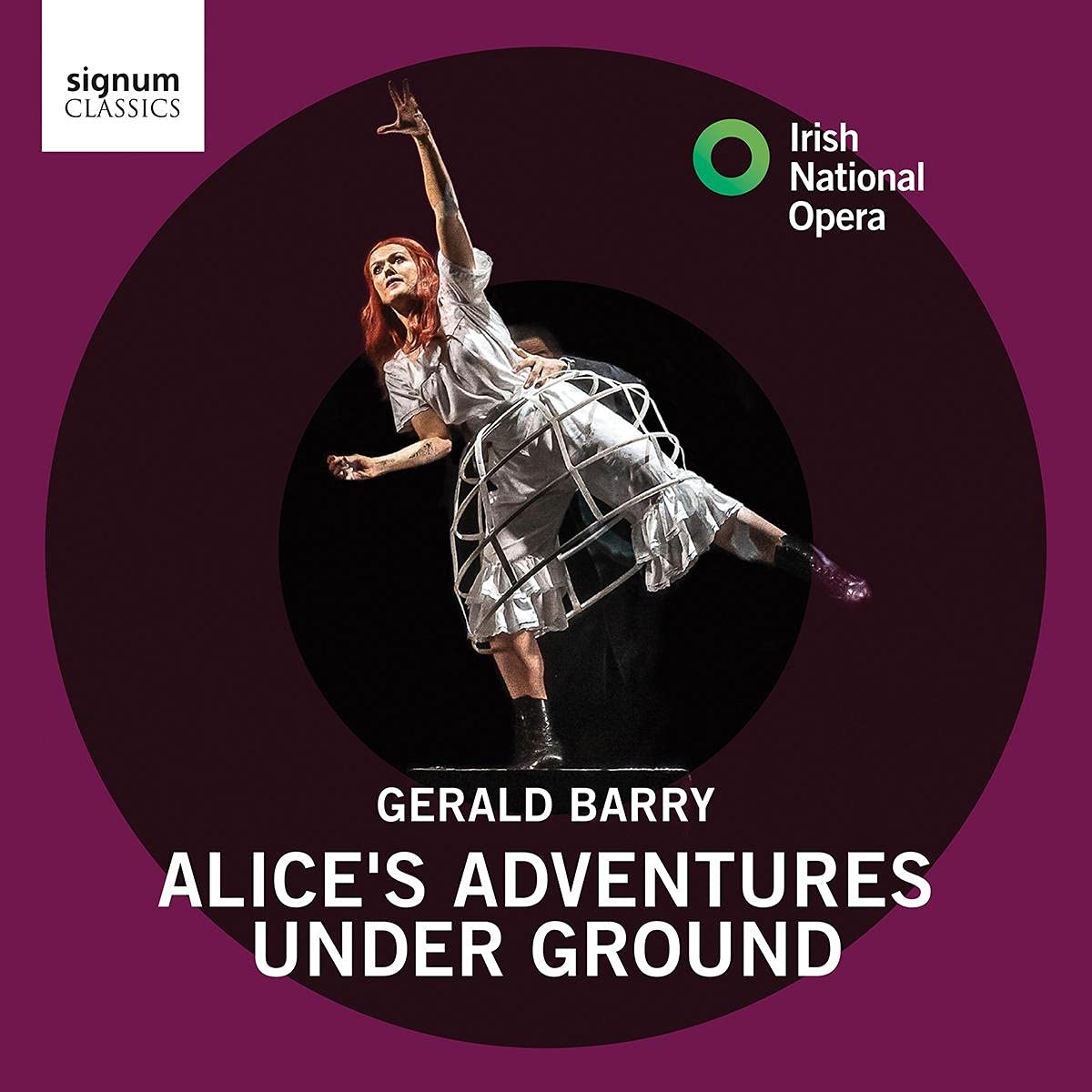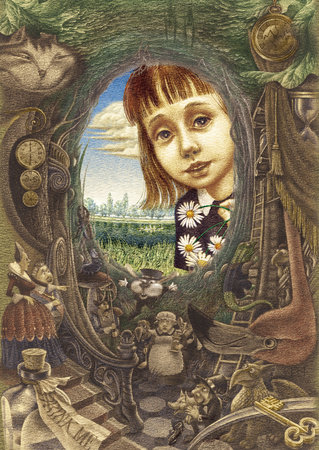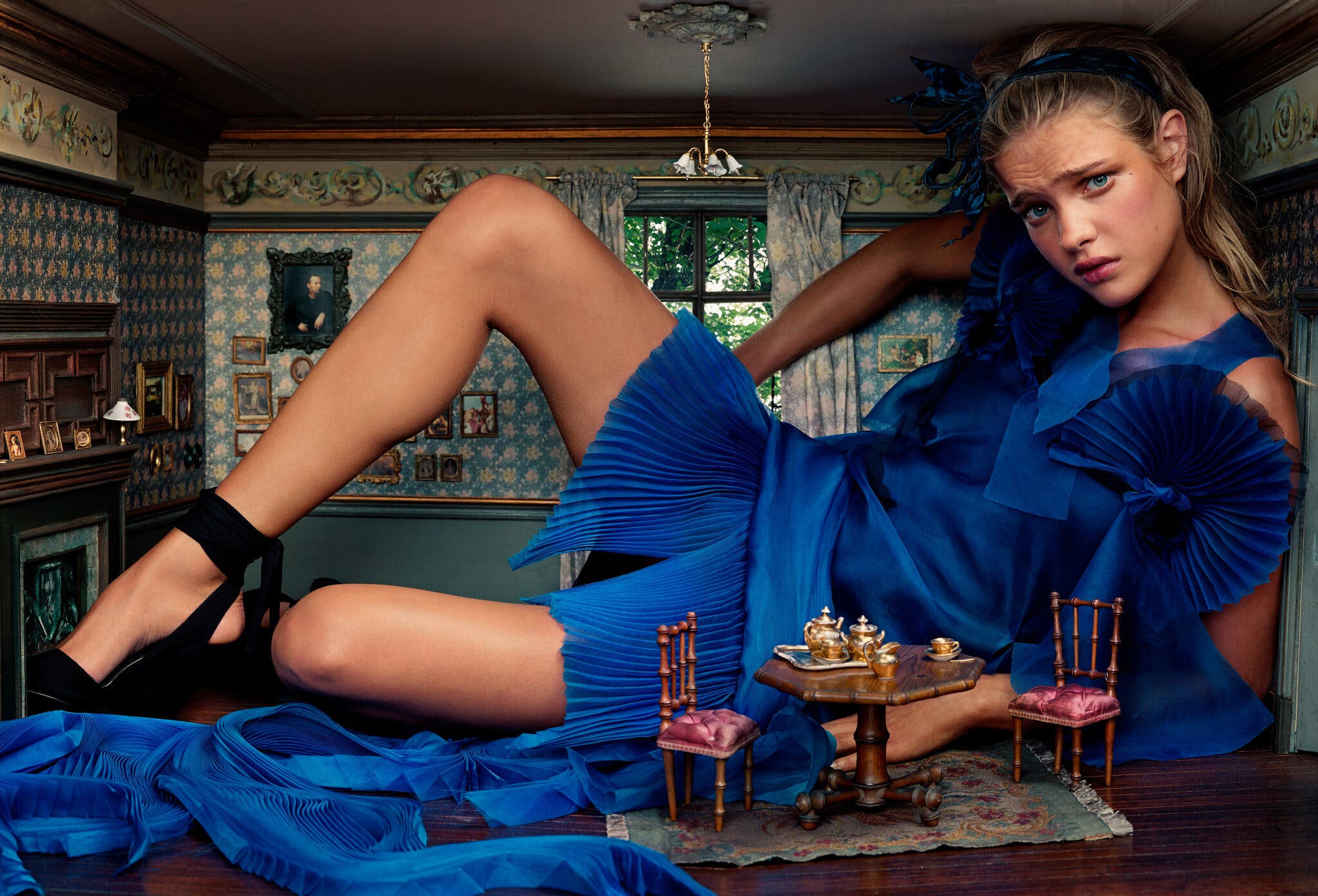The goal of the Tiny Alice Project was to produce the smallest ever reproduction of Alice’s Adventures in Wonderland, with letters measuring in nanometers. And they succeeded!
The project was an unlikely collaboration between a Welsh scientist, Dr. Daryl Beggs, and a Welsh fantasy-literature expert, Dr. Dimitra Fimi. Using electron-beam lithography, they printed the book on crystalline silicon using lettering of pure gold. With letters just 2 microns high, each page measures 85 microns by 60 microns. (A micron, or micrometer, is one millionth of a meter, or one thousandth of a millimeter.)
Why Alice? For one thing, Victorian culture was obsessed with the minuscule. A diary entry for 1852 shows Carroll fascinated with Uncle Skeffington’s microscope, and we are all aware of Alice’s changes in size. In fact, Carroll’s diary entry for that famous July 4th, 1862, expedition says, “Duckworth and I made an expedition up the river to Godstow with the three Liddells: we had tea on the bank there, and did not reach Christ Church again till quarter past eight, when we took them to my rooms to see my collection of microphotographs, and restored them to the Deanery just before nine.”
Microphotographs, invented by John Benjamin Dancer, were the natural offspring of marrying the two leading Victorian technologies: microscopy and photography. For one shilling, one could purchase a 3″×1″ glass slide with what looked like a tiny dot on it, but which when looked through a microscope would be revealed to be portrait of a famous scientist or writer, a landscape, or the entire Lord’s Prayer.
Carroll’s own microscope is now in the Houghton Collection at the Pierpont Morgan Library. Another gadget he owned was a geographer’s pen, which he used to write “miniature” or “fairy” letters, about the size of a postage stamp and usually addressed to children, using a magnifying glass.
Knight Letter readers will recall Williard Wigan of Birmingham, UK, whose Wonderland microsculpture tableau of the Tea Party was so small that it can fit in the eye of a needle (and he once inhaled its heroine by mistake; KL 79:46). At last, the attendees have something to read.
